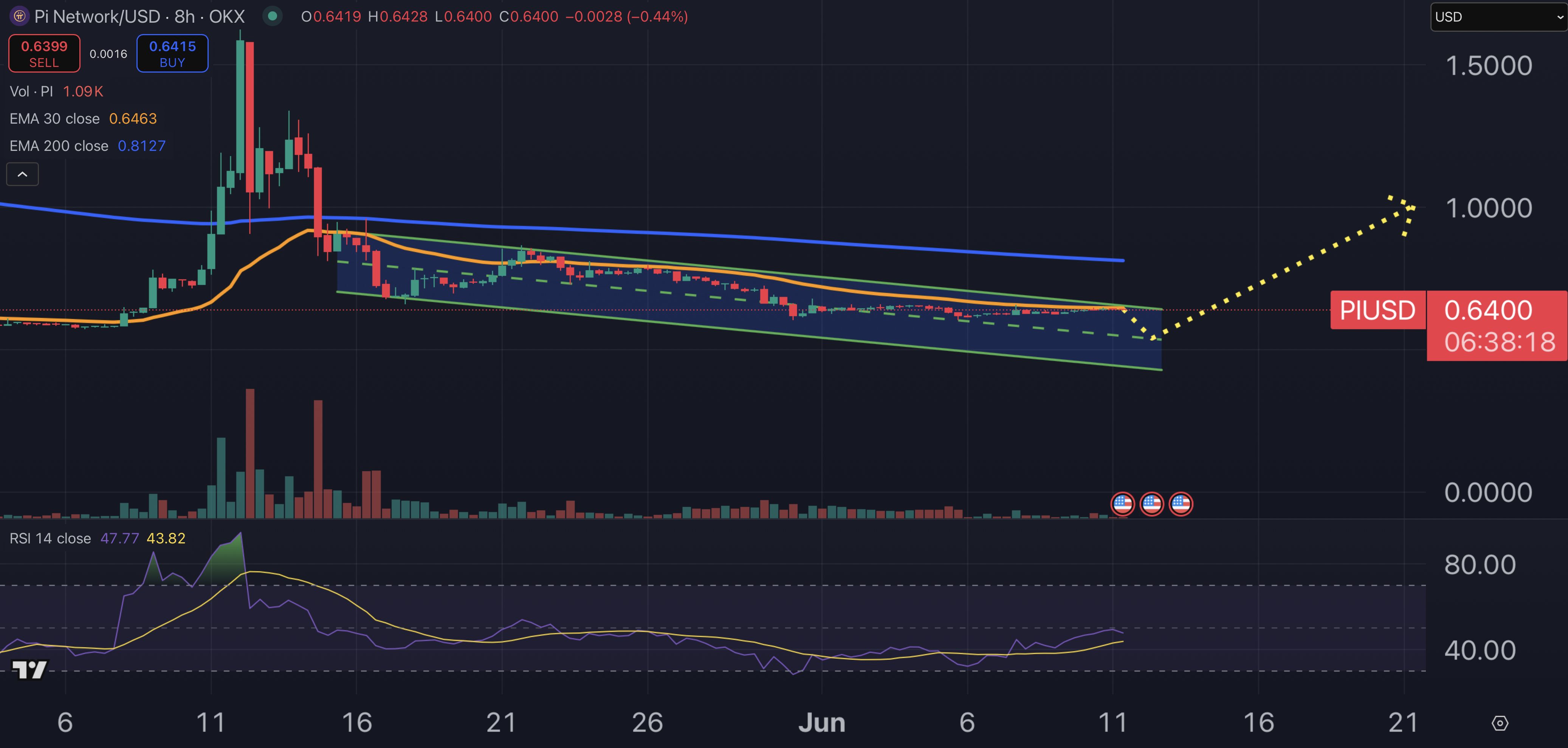Increases in early applications to college have been reported for much of the United States, with … [+]
getty
A preliminary report points to a surprisingly large increase in the number of students applying to college for the upcoming (2024-25) academic year. The new data come from a report released earlier this month by the Common Application, covering applications to four-year institutions for next year received through November 1, 2022.
Through that date, 836,679 distinct first-year applicants had applied to 834 colleges participating in the Common App. That represents an increase of 41% over 2019–20 (592,390 applicants), which was the last year when applications were not affected by the Covid-19 pandemic. It was a 12% increase – equal to almost 89,000 more applicants – over last year at this time.
Total application volume to returning Common App members through November 1 rose 65% from 2019–20 (2,028,507) to 2023–24 (3,353,516). Applicants were also applying to slightly more members in 2023–24 than in 2019–20 (a 17% increase, from 3.42 to 4.01 applications per applicant).
Applicant Characteristics
The increase was fueled by large jumps in applications by minority students, first-generation college students, and students from lower-income neighborhoods.
- Underrepresented minority (URM) applicants increased by 67% over 2019–20, led by applicants identifying as American Indian or Alaska Native (86%) and Black or African American (70%). That rate of increase was more than double that of non-URM students (30%). As a result, the share of domestic applicants identifying as URM has steadily increased from 21.7% in 2019–20 to 26.3% in 2023–24.
- First-generation applicants increased by 67%, about twice the rate of continuing-generation applicants over the same period.
- Students reporting eligibility for a Common App fee waiver increased at about four times the rate of students not reporting fee waiver eligibility (100% vs. 28%).
- The increase in applicants from lower-income ZIP-codes (52%) was substantially greater than by their peers from higher-income areas (34%).
As is typical, students applying to college early in the admissions cycle tended to come from higher socioeconomic backgrounds. About 73% of domestic applicants at this point lived in ZIP codes with family incomes above the national median, compared to 27% in ZIP codes below the national median.
The number of distinct international applicants increased by more than twice the rate of domestic applicants since 2019–20 (87% versus 38%).
Institutional Characteristics
Applications to public colleges and universities increased more relative to 2019-20 (+82%) than did applications to private institutions (+47%).
Growth in applications since 2019–20 was greatest (68%) for those more selective institutions (admit rates between 50-74%) and lowest (59%) at the most selective institutions (admit rates below 25%). Applications to less selective members (admit rates greater than 75%) grew 66%, and at highly selective schools (admit rates between 25-48%), it grew 62%.
Standardized Test Score Reporting
Among applicants through November 1, only half reported a standardized admission test score in their application. That’s a remarkable change since 2019-20 when 80% of applicants who had applied by this point included a test score.
The decline in test score reporting reflects the change in the share of Common App members requiring standardized test scores. In 2019–20, 55% of the members required standardized test scores; in 2023, only 4% of members required a test score for an application.
Regional and State Increases
Overall, increases in applications occurred across much of the United States. While the increase in applicants was roughly equal across different levels of urbanicity, growth was the largest in the Southwestern region (109%) and smallest in the New England states (15%). Nebraska (140%), Texas (118%), South Carolina (116%), Alabama (79%), and North Dakota (79%) were the fastest growing states.
Implications
Although encouraging, this first wave of Common App data does not necessarily mean that total application numbers will increase next year. The timing is significant, however, because the data include applications submitted for early action and early decision deadlines, which are used by many private four-year colleges and universities.
Early action and early decision applications are becoming more popular options for students so it’s possible the increased numbers reflect a shift in timing rather than an overall increase in volume. Adding to the trend toward earlier admissions is the dwindling number of institutions that require standardized test scores as part of their admission criteria.
The data don’t include applications to community colleges, which sustained the heaviest enrollment losses over the period of the pandemic, but also rebounded with a 4.4% enrollment increase this fall.
What many college administrators may find particularly noteworthy in the report is the strong increase in applications among minority students in the first admission cycle since the Supreme Court’s decision banning the use of race-conscious admission policies.
The Common App indicated it will release monthly updates about college applications through March 2023, along with a final report next year.
Credit: Source link










